Why Ice Dams are Dangerous for Your Chimney
At Boston’s Best Chimney, our priority is to keep our customers safe by ensuring that their chimneys are in working order. Do you need roof snow removal, chimney repairs, or a chimney inspection? Click here or call (781) 893-6611 to contact us today.
Now, we’ll discuss ice dams, why they are dangerous and ice dam prevention tips.
What Are Ice Dams?
Ice dams are a build up of ice on sloped roofs. They occur when snow that’s under a snowpack melts and then refreezes – usually caused by warm attic air. This creates a layer of ice that can wreak havoc on the roof and chimney system.
Why Ice Dams are Dangerous
Damage to Your Chimney
There are multiple reasons why ice dams are dangerous for your home. First, they can cause damage to your chimney. If your chimney is on the ridge of your home, it will most likely be safe from ice dams. Chimneys that are located on other parts of a roof can actually cause ice dams to form, however. Be on the lookout for ice dams if your chimney is located on one of the corners of your roof or on a sloped section of your roof. Ice dams can also damage the masonry or flashing of your chimney, causing it to pull away and crack.
Damage to Your Roof and Gutters
In addition to damaging your chimney, ice dams can cause roofing and gutter issues. They often cause roof flashing to bend, which can allow water to penetrate your attic. Ice dams can also warp your gutters as the ice expands and contracts. Sometimes gutters even fall off of homes because of this!
What to Do if You Have Ice Dams
If you see an ice dam on your roof, it is best to address the issue right away. We recommend calling snow removal professionals to get rid of any snow that might stay throughout the winter. Our team of experts does snow removal every winter. Click here or call (781) 893-6611 if you would like to take advantage of our snow removal service!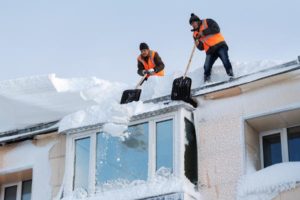
Ice Dam Prevention
There are some steps that you can take to avoid ice dams. First you can have a chimney professional check the flashing that is around your chimney. If there are cracks in your chimney flashing, it can separate from your chimney structure and allow water to enter your home.
We also recommend adding more insulation to your attic floor to keep warm air inside of your home and out of your attic, which should be the same temperature as outside.
Get Your Boston Area Chimney Inspected
During a chimney inspection, we can assess the state of your chimney’s masonry, flashing, and more to assess if it has been damaged by ice dams or if it is vulnerable to being damaged by ice dams or winter weather in the future. Boston’s Best Chimney has been serving the Boston area since 1989 and we look forward to helping to make sure that your chimney is equipped to take on New England winter weather. Click here or call (781) 893-6611 to get in touch for an estimate or inspection.
The post Why Ice Dams are Dangerous for Your Chimney appeared first on Boston's Best Chimney.
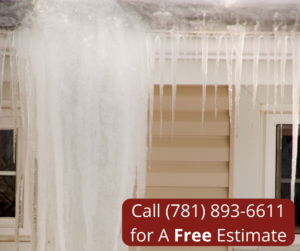


 er been used, it will also pull down odor from the residue inside. We now also have other mechanical influences to contend with. A big fancy kitchen range hood sounds like a great idea, but you might be in for a smokey surprise if you run it when you’re having a fire. This also happens to fireplaces that may never have had an issue with draft before. It’s usually a combination of upgrades throughout the home that can contribute to a reverse draft. Luckily, there are solutions available for those who experience this pesky problem.
er been used, it will also pull down odor from the residue inside. We now also have other mechanical influences to contend with. A big fancy kitchen range hood sounds like a great idea, but you might be in for a smokey surprise if you run it when you’re having a fire. This also happens to fireplaces that may never have had an issue with draft before. It’s usually a combination of upgrades throughout the home that can contribute to a reverse draft. Luckily, there are solutions available for those who experience this pesky problem.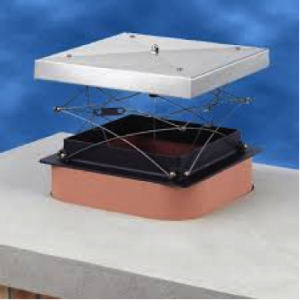
 us. Calling now can get you in queue with an early Spring repair as soon as the weather allows.
us. Calling now can get you in queue with an early Spring repair as soon as the weather allows. How are Wintertime Masonry Repairs Possible?
How are Wintertime Masonry Repairs Possible? How to Avoid Chimney Repairs in Winter
How to Avoid Chimney Repairs in Winter
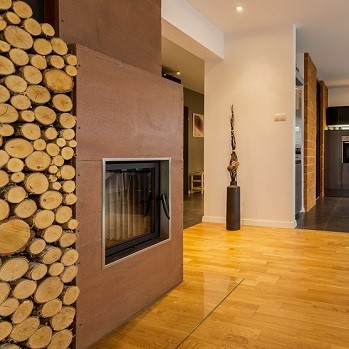 Installing a new
Installing a new 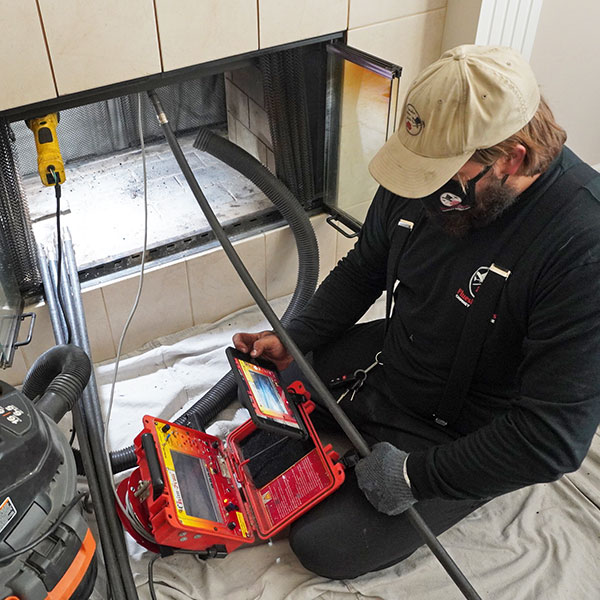 Not cleaned and inspected regularly
Not cleaned and inspected regularly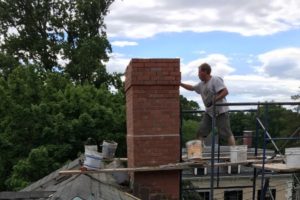 When a chimney is beginning to deteriorate but the bricks are still in good condition, chimney repointing may be the best solution. Chimney repointing is when we partially grind out the mortar joints between the bricks of a chimney and fill them in again with new mortar. Since the brick is still in great shape, replacing the mortar can give a chimney new life. Some people confuse chimney repointing with chimney rebuilding.
When a chimney is beginning to deteriorate but the bricks are still in good condition, chimney repointing may be the best solution. Chimney repointing is when we partially grind out the mortar joints between the bricks of a chimney and fill them in again with new mortar. Since the brick is still in great shape, replacing the mortar can give a chimney new life. Some people confuse chimney repointing with chimney rebuilding. 